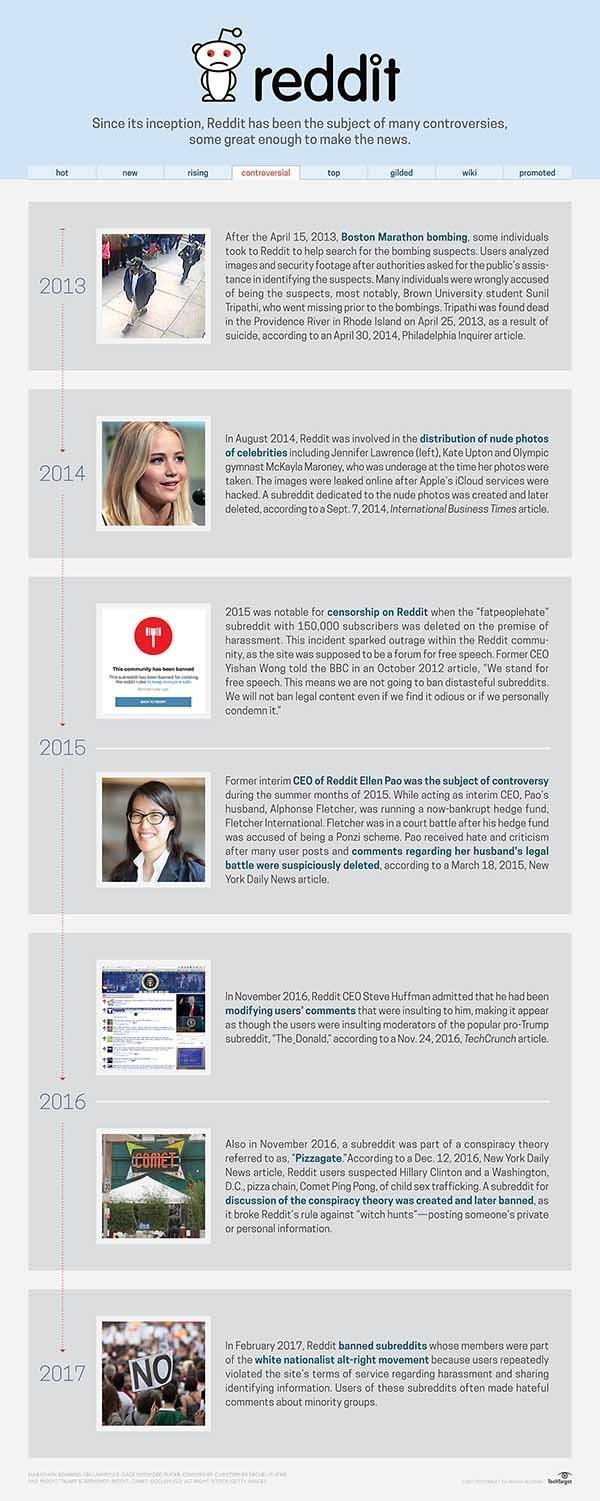Machine learning is a type of artificial intelligence (AI) that allows software applications to become more accurate in predicting outcomes without being explicitly programmed. The basic premise of machine learning is to build algorithms that can receive input data and use statistical analysis to predict an output value within an acceptable range.
Machine learning algorithms are often categorized as being supervised or unsupervised. Supervised algorithms require humans to provide both input and desired output, in addition to furnishing feedback about the accuracy of predictions during training. Once training is complete, the algorithm will apply what was learned to new data. Unsupervised algorithms do not need to be trained with desired outcome data. Instead, they use an iterative approach called deep learning to review data and arrive at conclusions. Unsupervised learning algorithms are used for more complex processing tasks than supervised learning systems.
The processes involved in machine learning are similar to that of data mining and predictive modeling. Both require searching through data to look for patterns and adjusting program actions accordingly. Many people are familiar with machine learning from shopping on the internet and being served ads related to their purchase. This happens because recommendation engines use machine learning to personalize online ad delivery in almost real time. Beyond personalized marketing, other common machine learning use cases include fraud detection, spam filtering, network security threat detection, predictive maintenance and building news feeds.
Facebook's News Feed, for example, uses machine learning to personalize each member's feed. If a member frequently stops scrolling to read or "like" a particular friend's posts, the News Feed will start to show more of that friend's activity earlier in the feed. Behind the scenes, the software is simply using statistical analysis and predictive analytics to identify patterns in the user's data and use those patterns to populate the News Feed. Should the member no longer stop to read, like or comment on the friend's posts, that new data will be included in the data set and the News Feed will adjust accordingly.


